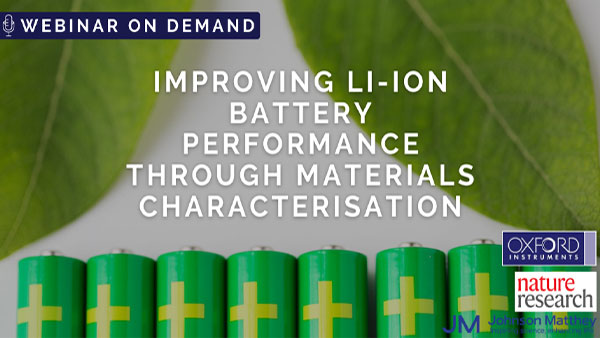As we move towards a zero-emission and environmentally friendly future, battery innovations for electric vehicles are crucial. These batteries must be durable, safe, fast-charging, and have high charge capacities. Beyond their role in mobility, batteries are essential for storing energy from renewable sources such as solar, wind, water, biomass, tides, and geothermal energy. To improve performance, new and complex materials are needed, while maintaining high standards for safety and recyclability. Used batteries can be repurposed for large-scale energy storage before their final recycling.
Effective material characterization is vital throughout the entire lifecycle of batteries. Energy-dispersive spectroscopy (EDS) is a key technique here, offering fast, non-destructive analysis with high sample throughput. Cathodes often consist of nickel, cobalt, manganese, and sometimes aluminum, with a trend toward replacing cobalt due to cost and ethical concerns.
The Oxford Instruments Ultim Extreme EDS detector, with its ability to operate at low voltages and detect lithium, plays a significant role in this analysis. The AztecBattery software complements this by providing automated, precise quantification of transition metals, which is essential for quality control and optimizing cathode materials during production.














